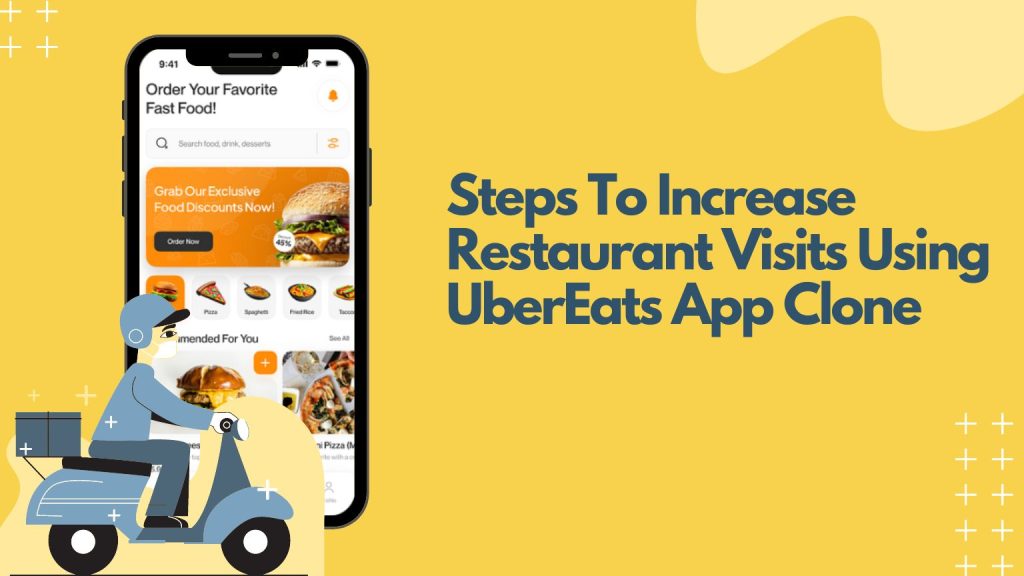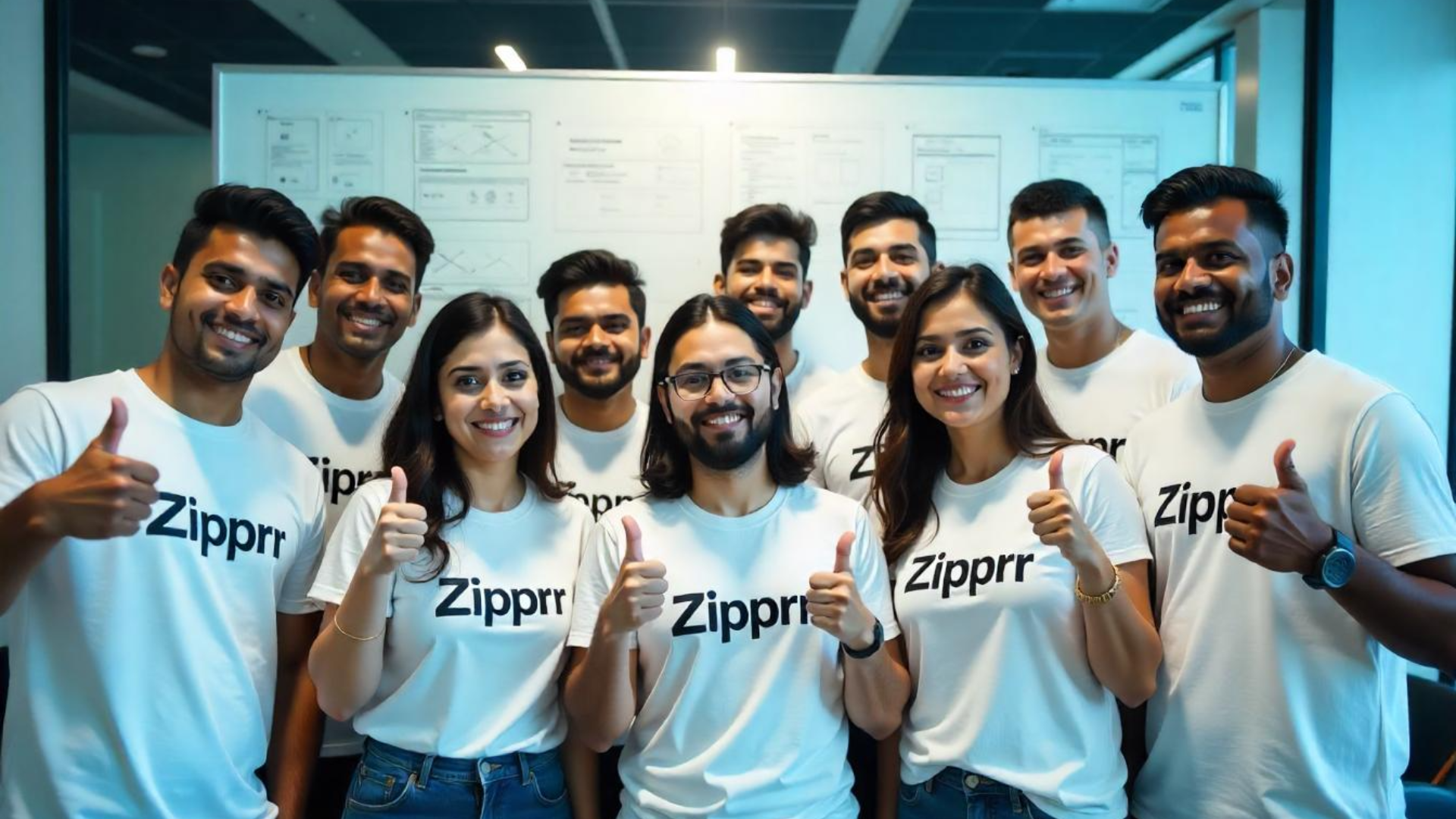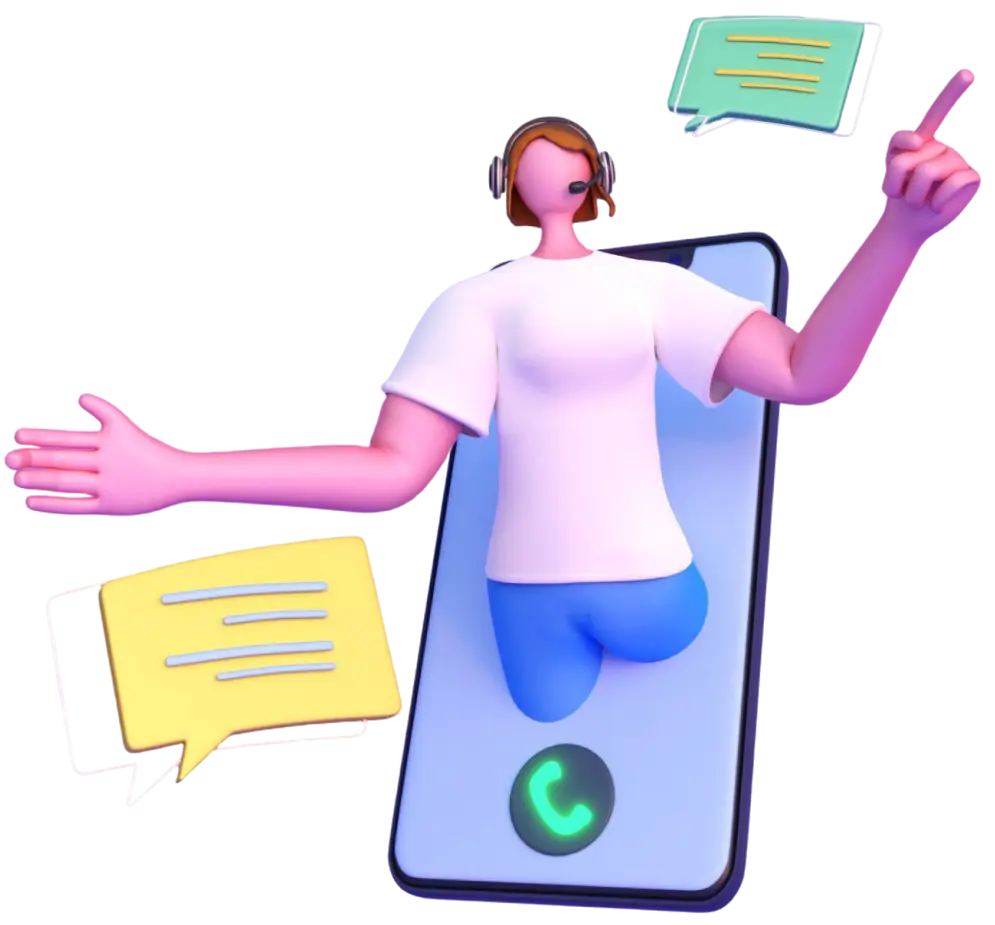The global food delivery market is valued at $120 billion and growing rapidly. On-demand delivery platforms like UberEats have revolutionized the industry, capturing over 50% of digital orders. However, restaurants still receive 80% of their revenue from in-store sales. By leveraging an UberEats style app clone, restaurants can boost in-store visits, which are key to long term profitability and growth.
Understanding the Customer Journey
Understanding the customer journey is critical for restaurants to drive in-store traffic using an app clone. The customer journey includes all aspects of a customer’s experience, from initial discovery to repeat purchases. Analyzing the customer journey allows restaurants to identify key touchpoints where they can influence customer decisions.
Analyzing customer behavior and preferences
By tracking customer behavior through the app clone, restaurants can gain valuable insights into preferences. Things like most popular menu items, average order size, busiest days and times, and location data can provide a wealth of information. Restaurants can use this to understand what motivates customers and what barriers prevent in-store visits.
Identifying key touchpoints for influencing decisions
Armed with customer data and insights, restaurants can then determine the optimal touchpoints to influence customer decisions. This could include prompts in the app, push notifications, loyalty rewards, etc. The goal is to gently nudge customers towards choosing dine-in/pick-up options when suitable. For example, a prompt reminding them of a free drink with in-store orders on Tuesdays.
By taking a customer-first approach and understanding the journey, restaurants can create a seamless omni-channel experience driving more footfall.
Leveraging the App for Traffic
There are several ways restaurants can leverage an app clone to drive more in-store traffic.
Promotions and Discounts
Targeted promotions are very effective for encouraging footfall. Restaurants can offer discounts for in-store pickup/dine-in of 10-20% through the app. Loyalty programs that reward repeat customers with points for every visit can also motivate customers to choose in-store. Limited time “flash sales” on combo meals or seasonal bundles excite customers.
Menu Optimization
Highlighting menu items that are exclusively available for dine-in can tantalize customers. Enticing descriptions of the in-store dining experience along with high quality photos showing the ambiance can instill FOMO. Call out favorite dishes best enjoyed fresh from the kitchen.
Order Customization
Allowing customers to add special instructions or customize pick-up times gives them flexibility. Additional options for dine-in like family bundles keep this option top of mind.
Seamless Integration
The transition from online ordering to in-store pickup should be seamless with accurate ETA times. Clear instructions and prominent signage ensure hassle-free collection.
Data Analytics
Collected through the app, data provides insights into buying behaviors. Peak days/times, most popular dishes etc. are analyzed to determine what drives traffic and retention. Continuous optimization enhances the in-store experience.
Leveraging these strategies through a well-designed clone lets restaurants guide more patrons through their doors.
Enhancing the In-Store Experience
Creating a great experience is key to attracting more in-store customers.
Creating a Welcoming Atmosphere
The décor, lighting and aromas set the tone. Muted colors, warm lighting and appealing art create a relaxing vibe. Training staff to be polite, knowledgeable and efficient rounds out the experience. Friendly service keeps customers satisfied and returning.
Leveraging Technology
Digital menu boards flaunt the day’s specials creatively. Interactive displays engage customers while they wait. Self-service kiosks allow placement and payment of orders conveniently without long lines. Technology enhances convenience without losing the personal touch.
Building a Strong Brand Identity
Consistency in branding, menu formatting, uniforms and store layouts across all online and physical platforms reinforces brand recognition. Storytelling elements on the history or philosophy behind dishes piques interest.
Partnering with Influencers
Collaborating with influential food bloggers and active social media profiles creates buzz. Inviting them for complimentary meals in exchange for reviews exposes the restaurant to a wider audience. Deals with local companies for cross-promotions expand reach.
Focusing on the in-store factors that customers see, touch and experience deepens their connection with the brand and satisfies them enough to keep coming back time and again.
Measuring and Analyzing Results
Tracking the right metrics is essential for restaurants to gauge the effectiveness of their efforts in driving more in-store traffic through an app clone. Some key things that should be measured include:
- Number of in-store visits per month
- Average order value
- Customer retention rates
- Social media engagements
By analyzing these core KPIs over time, restaurants can determine if strategies are producing the desired results. Some analytics tools to consider:
Restaurant management systems combined with app analytics provide invaluable customer insights. This includes data on:
- Popular menu items
- Peak days and trading hours
- Location data
- Customer profiles and buying behaviors
Comparing metrics month-over-month allows restaurants to see trends. For example, an increase in average monthly visits would indicate promotional campaigns are successfully pulling in more footfall. Similarly, improved retention rates or higher average order values showcase optimized strategies are boosting sales and loyalty.
Continuous evaluation of what is and isn’t working based on data-driven evidence helps restaurants refine their approach. The ultimate goal is to maximize returns from leveraging an app clone to grow profitable in-store business sustainably.
Conclusion
In conclusion, restaurants should recognize the importance of growing in-store visits to boost profits long term. Leveraging an app clone through strategic omni-channel campaigns can significantly increase footfall. Testing and refining the tactics outlined here will help restaurants tap into the opportunities of new technologies to drive more customers through their doors.







